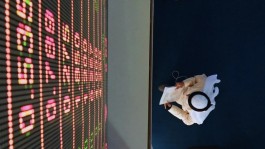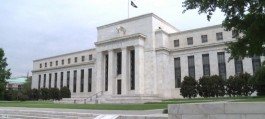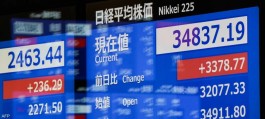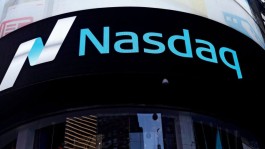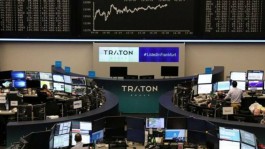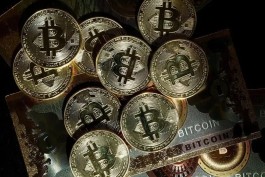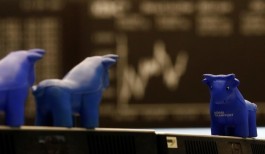The euro fell on the European market on Tuesday against a basket of global currencies, deepening its losses for the sixth consecutive day against the US dollar, giving up trading above the $1.07 barrier, its lowest level in two months, due to fears of a widening interest rate gap between Europe and the United States.
In Europe, doubts are growing about the existence of additional increases in European interest rates during the next two months, especially after the recent less hawkish comments from some European Central Bank officials.
In the United States, the possibilities of the Federal Reserve raising US interest rates for the fourth time in a row by 25 basis points during the next June meeting have increased strongly, especially after the recent strong economic data in the United States, in conjunction with the succession of strict comments from monetary policy makers. federal.
Euro exchange rate today
The euro fell against the dollar by more than 0.3% to $1.0673, the lowest since last March 20, from the opening price of trading at $1.0707, and it recorded the highest level today at $1.0726.
On Monday, the euro lost 0.15% against the dollar, its fifth consecutive daily loss, among the longest series of daily losses since last February.
European comments
The Governor of the Bank of Spain and a member of the European Central Bank, Pablo Hernandez de Cos, said on Monday that the European Central Bank is close to ending the cycle of tightening monetary policy.
These comments increased doubts about the existence of additional increases in European interest rates during the next June and July meetings
European interest
The European Central Bank is one of the slowest major central banks in facing inflationary pressures, as European interest rates rank sixth in the list of central bank interest rates for the eight major currencies in the global exchange market.
In order to obtain more evidence about the future of European interest rates, investors are awaiting this week the release of key inflation data in Europe during May, which shows the level of inflationary pressures on monetary policy makers at the European Central Bank.
U.S. dollar
On Tuesday, the dollar index rose by about 0.3%, extending its gains for the seventh session in a row, recording the highest level in two months at 104.53 points, reflecting the continuation of the broad rise in the levels of the US currency against a basket of major and minor currencies.
This rise comes in light of the acceleration of currency purchases as the best available investment, especially in light of the escalating pricing in the possibility that the Federal Reserve will raise US interest rates at a rate of 25 basis points during next June.
Last week's data in the United States showed that the US economy grew better than expected during the first quarter, with a decrease in jobless claims, in addition to an unexpected rise in personal consumption expenditures during April.
American interest
After that data, in conjunction with more hawkish comments from Federal Reserve officials, futures pricing for the possibility of raising US interest rates increased by 25 basis points during the next June 14 meeting, from 40% to 62% at the present time, and futures pricing for the possibilities of maintaining Interest rates from 60% to 38% currently.
interest rate gap
The current gap in interest rates between Europe and the United States is about 150 basis points, and that gap may continue at the same pace next month, if the European Central Bank raises European interest rates at a pace of 25 basis points, as well as the Federal Reserve during the June meetings.
The gap may widen to 200 basis points in the event that the European Central Bank decides to keep current interest rates unchanged, in contrast, the Federal Reserve decided to raise US interest rates by 25 basis points while keeping interest rates high for as long as possible, which will pressure strongly on the euro exchange rate.

















